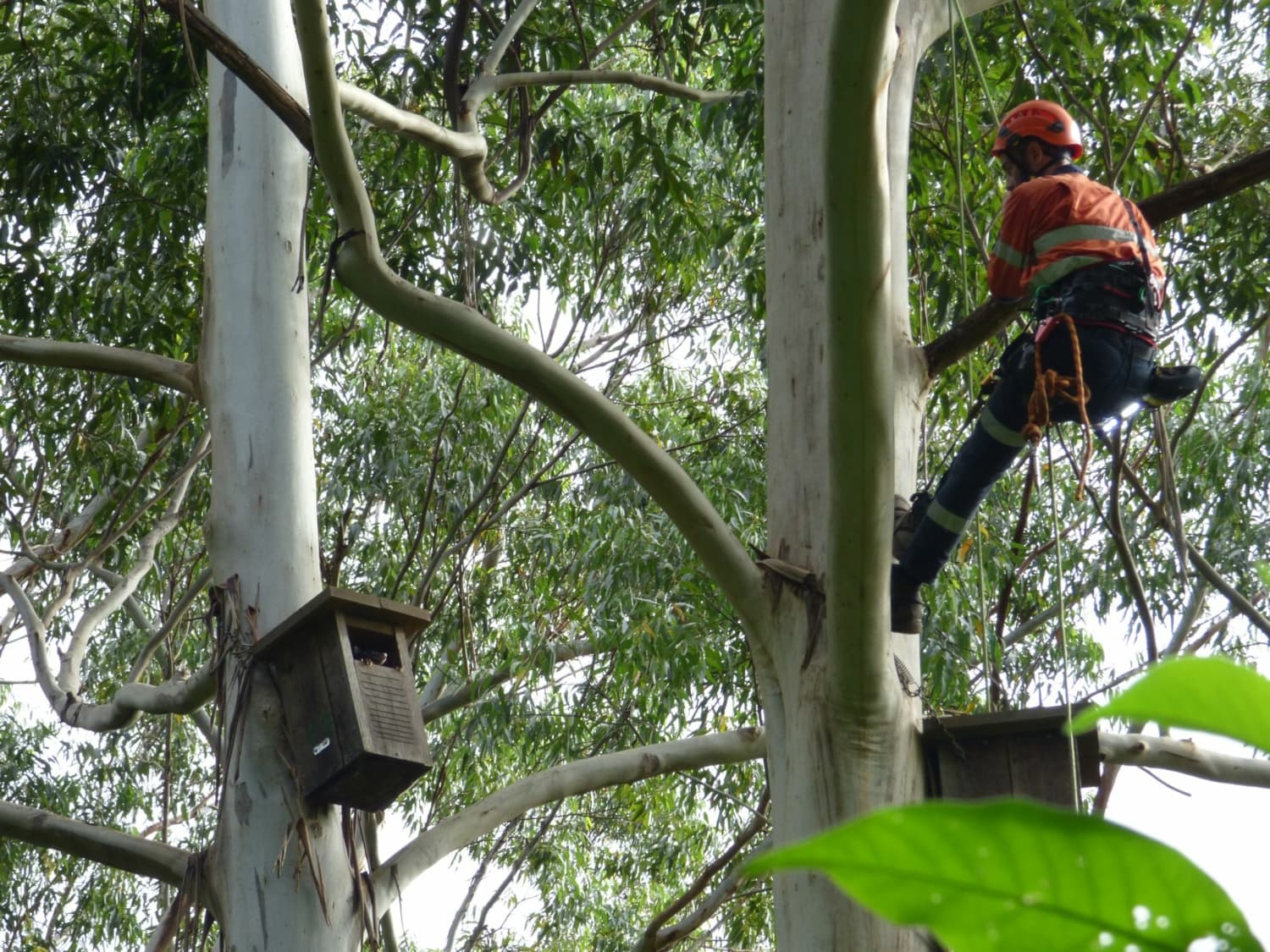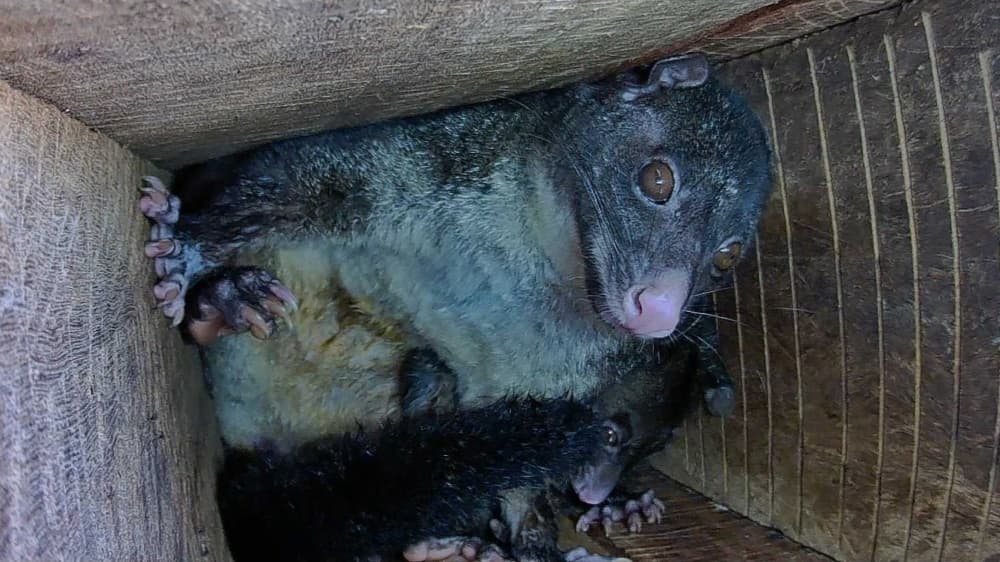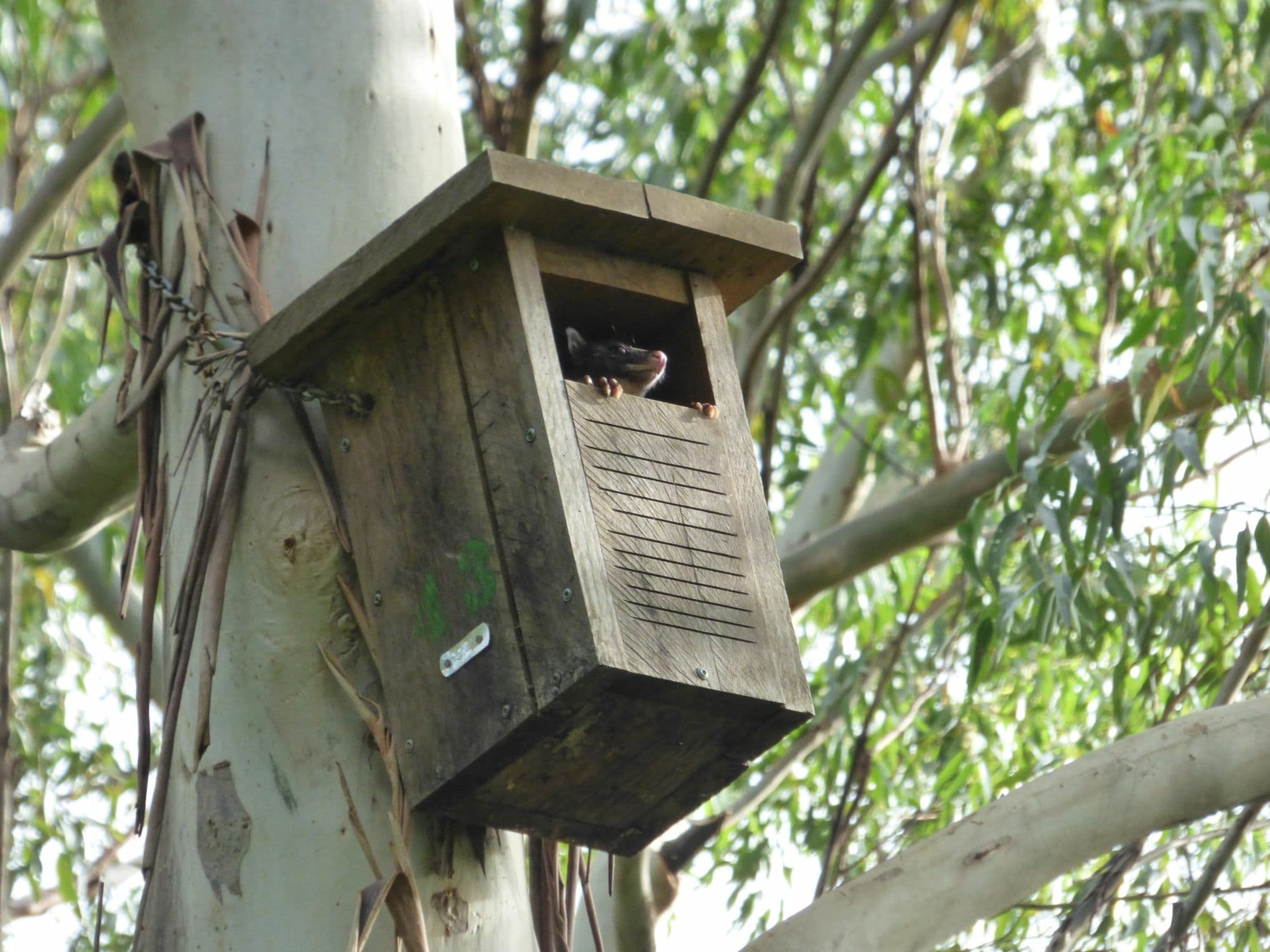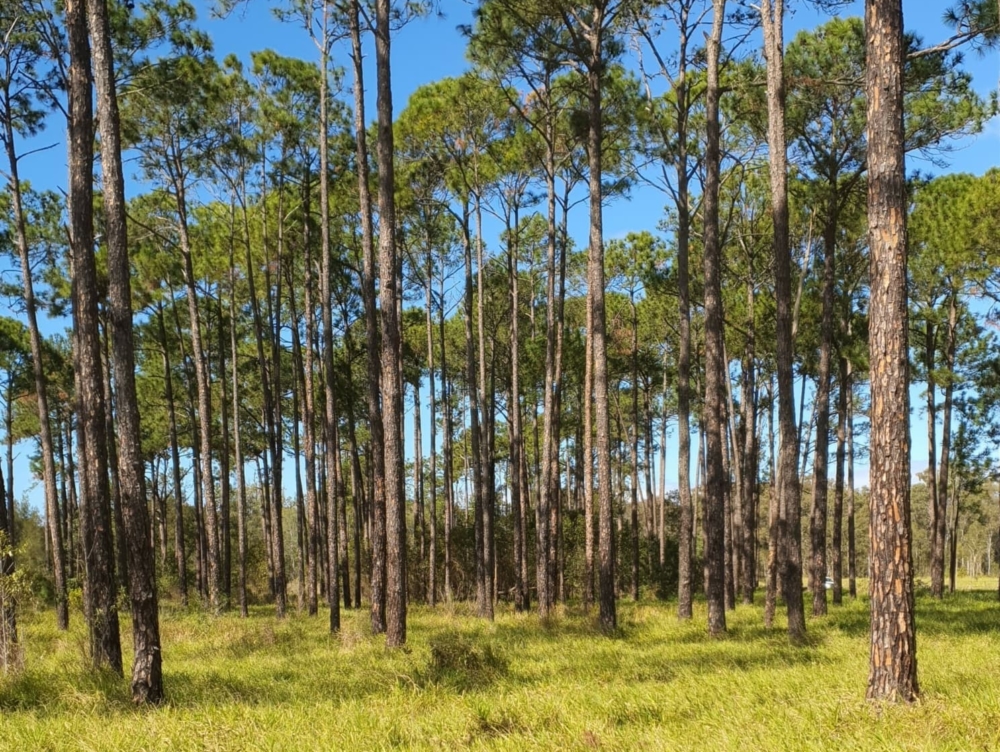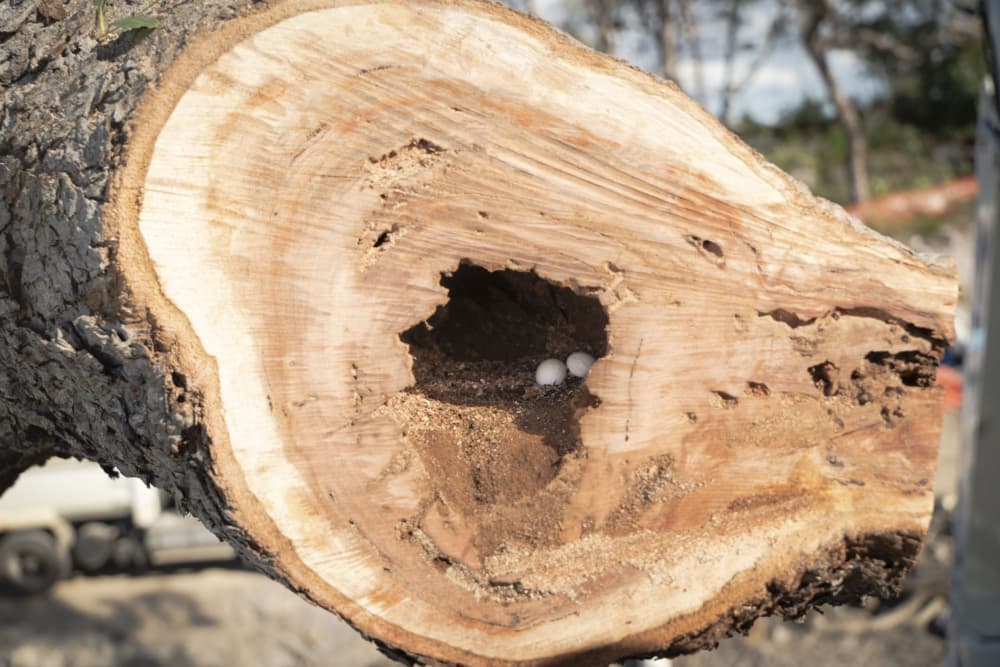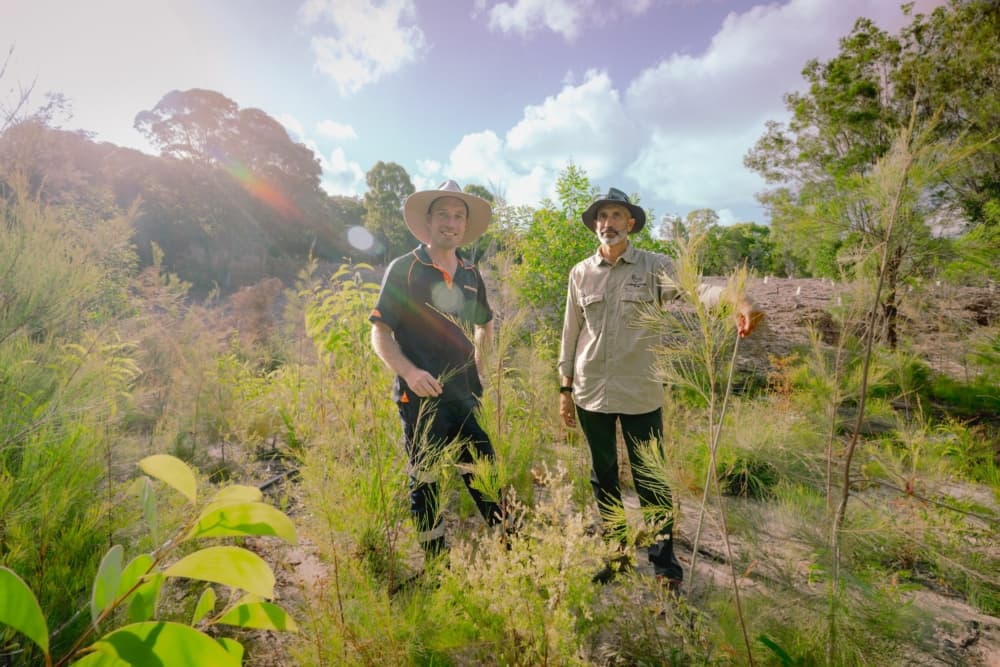The Biodiverse Environmental team installed 77 nest boxes at Baroon Pocket Environment Reserve to assist with the low abundance of natural tree hollows present within the reserve, caused by historical land clearing and successive logging. The nest boxes were installed within the reserve with the aim to increase the diversity of hollow-dependent and hollow-breeding mammal and avian species, by increasing habitat suitability and availability.
Biodiverse Environmental’s hardwood nest boxes are designed and constructed to target a range of species including arboreal mammals, microbats and hollow-dependent birds.
The 77 nest boxes to be installed in Baroon Pocket Fauna Reserve were fitted with PIR (Passive Infrared) monitoring devices to monitor the occupancy of the nest boxes. The use of PIR devices in monitoring wildlife is a novel concept, with this project being the first of its kind within Australia.
PIR devices allow for real time passive (i.e. non-invasive) monitoring of faunal activity in nest boxes as well as measuring environmental conditions (such as ambient temperature and humidity). This pilot project uses specialised telemetry to monitor the nest boxes for activity. The data will be analysed to investigate the preference of different faunal species for nest box design and placement and other factors.
Over the course of this project, as the quantity and quality of data and the capabilities of the passive infrared (PIR) detectors increases, this report aims to analyse the internal microclimate of the nest boxes and the comparison of thermal properties in nest box design, analyse the fauna occupancy results from the monitoring events and long-term use of nest boxes, and to test the monitoring capabilities of the PIR detectors.
The nest boxes installed in Baroon Pocket Environmental Reserve are part of a project involving a partnership between Biodiverse Environmental, Sunshine Coast Council and Project Ninox.
